How to Get Started Building the Eco-Friendly House of Your Dreams
Published Oct. 8 2021, 3:31 p.m. ET
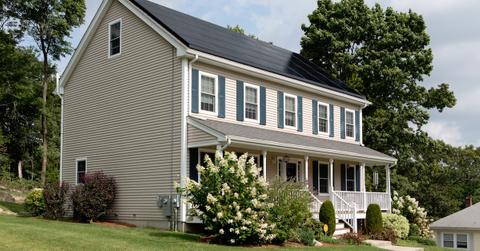
For many people, green living is about making every aspect of their lives as eco-friendly as possible. Minimizing your environmental footprint can be a difficult task, especially if you’re a homeowner. Between choosing green energy solutions and eco-friendly building practices, it’s often most sustainable to convert an existing house to an eco-friendly one. Starting from scratch is a different story, however — so here are a few tips for how to build an eco-friendly house.
What constitutes an eco-friendly house?
Eco-friendly homes provide a number of economic and health benefits to homeowners, as well as reducing one’s environmental impact. These benefits become apparent when one considers what criteria constitute an eco-friendly house. According to Elemental Green, an eco-friendly home should meet a few specific guidelines. First and foremost, the house should be made with recycled or eco-friendly building materials, such as reclaimed wood, bamboo, or concrete.
The home should be smaller relative to other conventional houses. Smaller houses take less energy to heat, cool, and power. They will also take fewer resources to build. An eco-friendly home should take advantage of the many renewable energy sources that are available to homeowners. Solar power, for instance, has become much more affordable and energy-efficient than it used to be. Energy-efficient appliances and plumbing systems built to conserve water should also be used whenever possible.
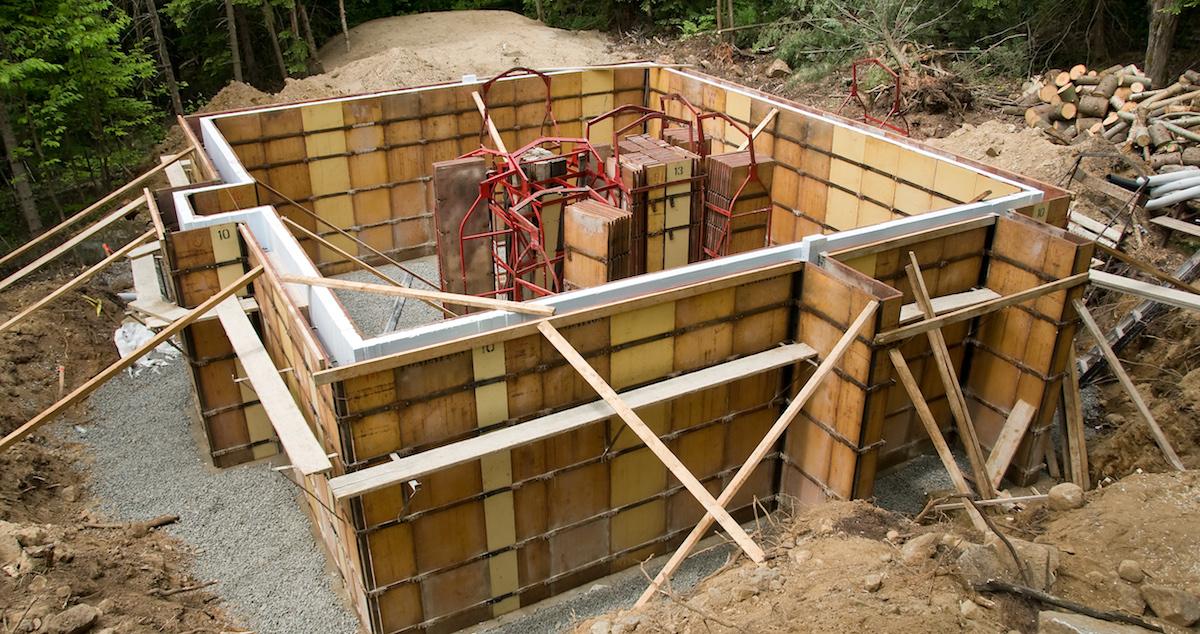
Start with eco-friendly building materials.
Despite the dangers posed by deforestation, wood is still at the top of the list of common renewable building materials for private homes. Logging may seem like a destructive process, but according to the National Alliance of Forest Owners, most private forest owners replant 43 percent more wood than they remove.
Those who harvest trees understand the ramifications of deforestation for both the environment and their continued livelihood. Reclaimed, upcycled, and repurposed wood can also be used to build a home, as can wood that’s been pulped and pressed into recycled pressboard and other products.
If traditionally-cultivated timber isn’t your style, you could also opt for bamboo, which is one of the most eco-friendly building materials around. It's sturdy, plentiful, and grows faster than almost any other wood-like material around. The only real danger with bamboo is that its popularity is turning it into a monoculture in some places.
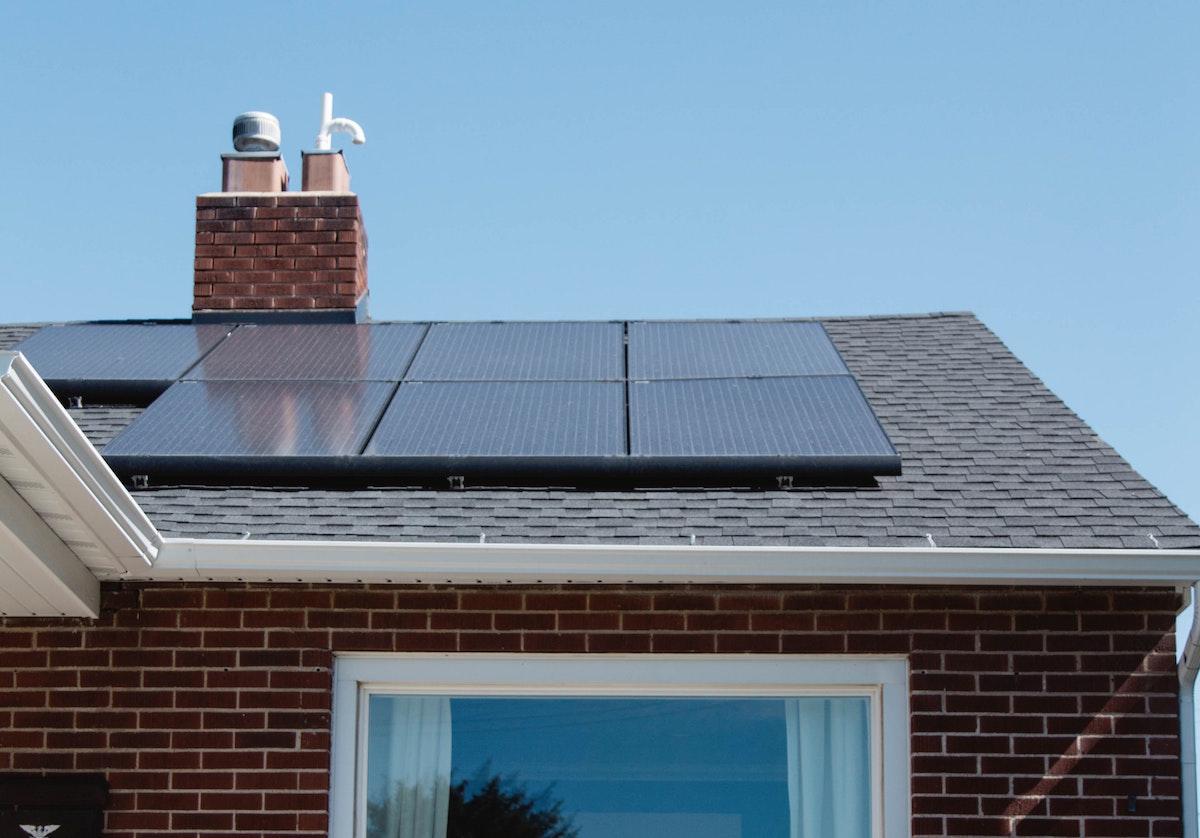
Invest in renewable energy.
If you plan on using renewable energy for your home, there are a few facts you should consider upfront. According to the U.S. Department of Energy, you’ll first need to assess whether or not your home can have solar panels installed at all. Some municipalities have limitations on which homes can use solar and this is even true of new homes. The shape, size, and orientation of your home can also impose limitations on your solar potential.
You’ll also want to have an expert come in and investigate how energy efficient your home currently is and estimate your overall electricity needs. You might be using more energy than you think and this could mean more panels, higher quality equipment, or any number of other hurdles.
Finally, you will want to get quotes from a few local solar companies. These companies might be a dime-a-dozen these days, but all of them have their own way of calculating service needs and costs. Just don’t be afraid to shop around, and be sure to read all service contracts so that you understand exactly what you’re getting for your money.
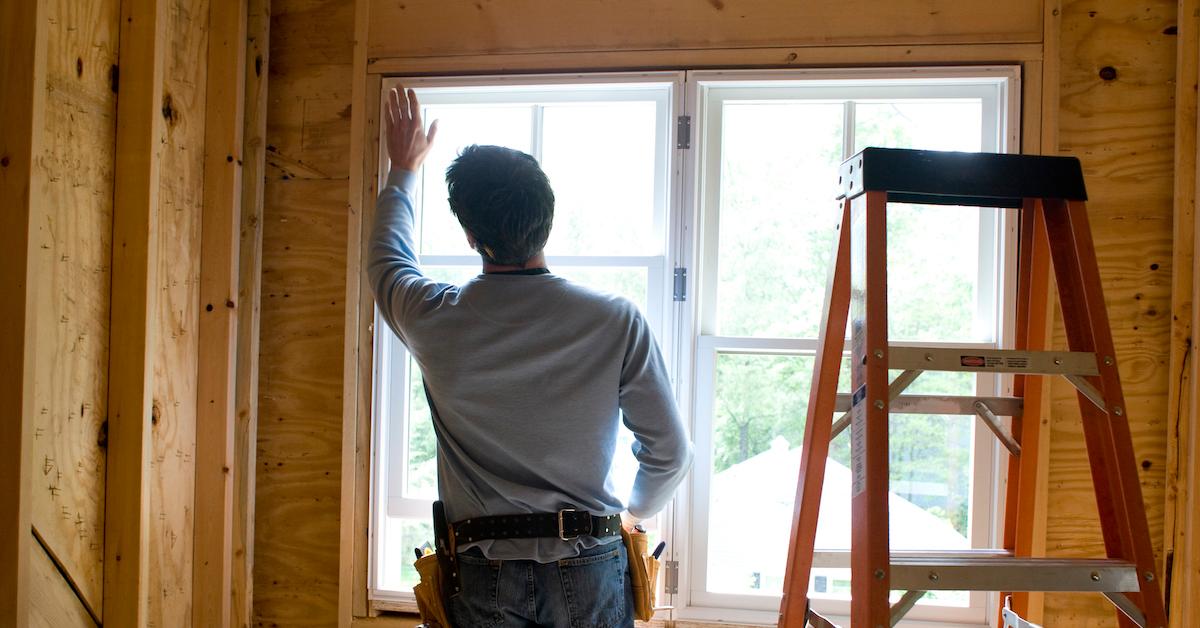
Well-insulated houses stay at the right temperature.
If you don’t want all that heat and energy to go to waste, for goodness' sake, make sure your house is well insulated. According to Breaking Energy, installing quality doors and windows and sealing them properly is the key to maximizing your energy efficiency. Leaky doors and windows mean drafts, which let cold air in during the winter and hot air in during the summer, while letting your heated or cooled air flow outside. This burns more fossil fuel and uses more electricity.
To avoid this from the start, invest in Energy Star-certified windows. Though more expensive from the onset, higher-quality doors and windows could also save you money down the line, because they won’t need to be replaced or repaired often. Your heating and cooling ductwork should be properly sealed as well, and should be cleaned often to maintain energy efficiency.
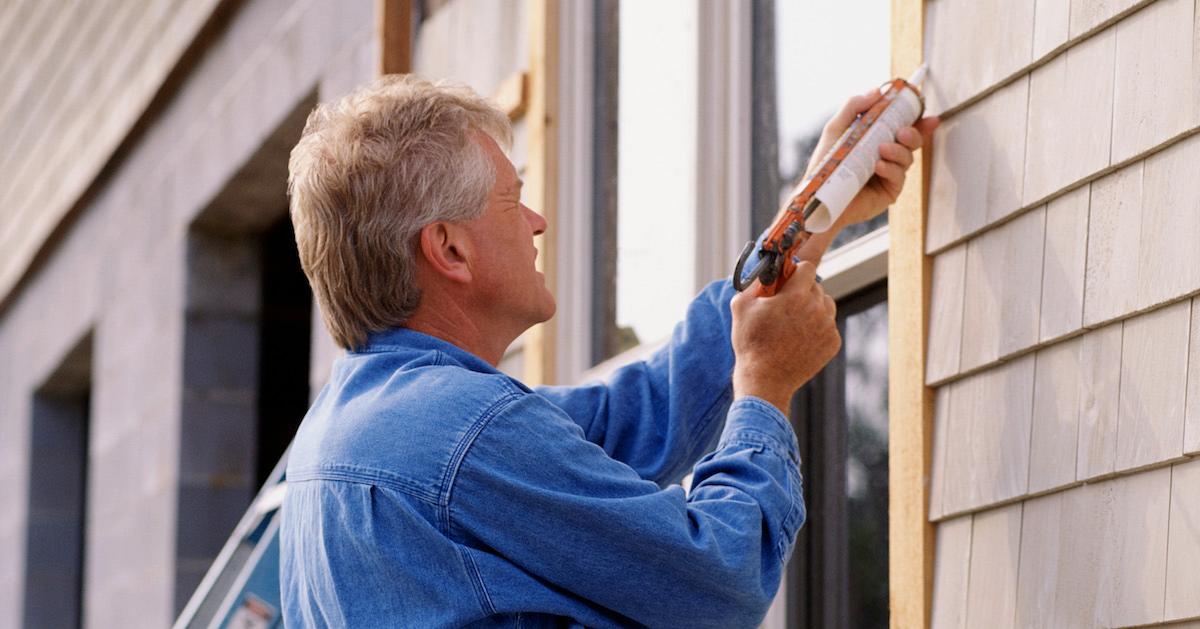
Energy-efficient appliances make a huge difference.
Whether it’s your refrigerator, your hot water heater, or your air conditioning system, it’s always best to invest in energy-efficient appliances right from the get-go. According to Energy Sage, appliances with the Energy Star label use 10 to 50 percent less energy each year than non-energy efficient ones. They are also built to last between 10 and 20 years, which adds up to a lot of savings over time. Many Energy Star dishwashers and washing machines use water as well.